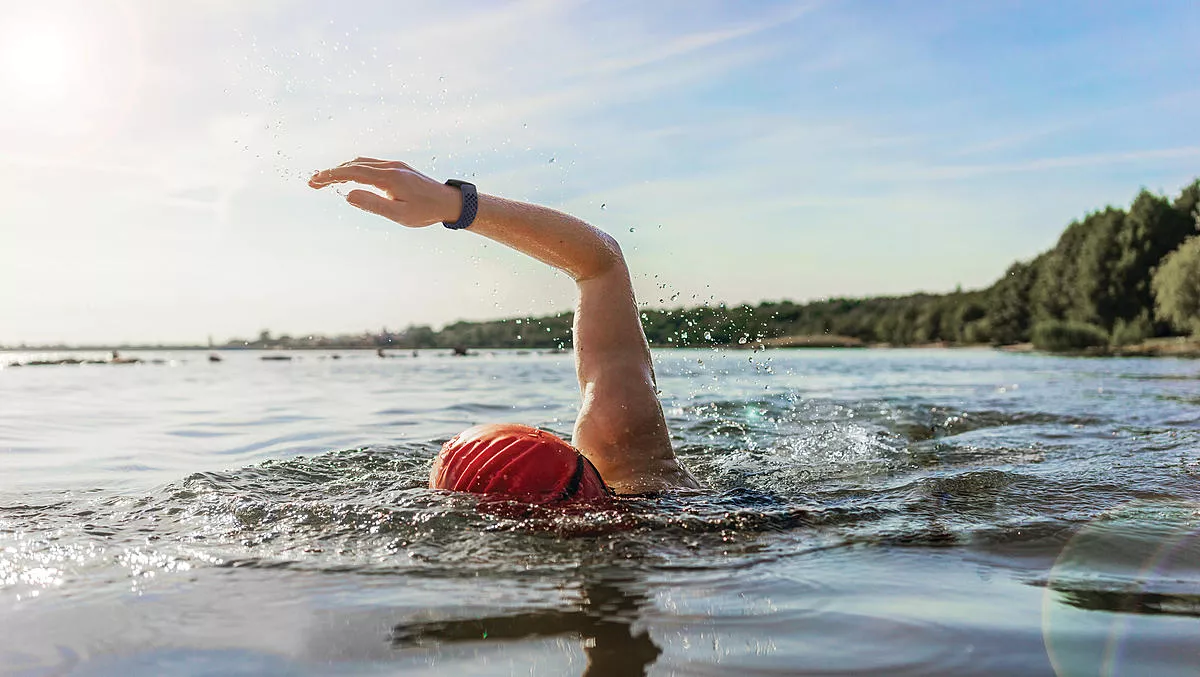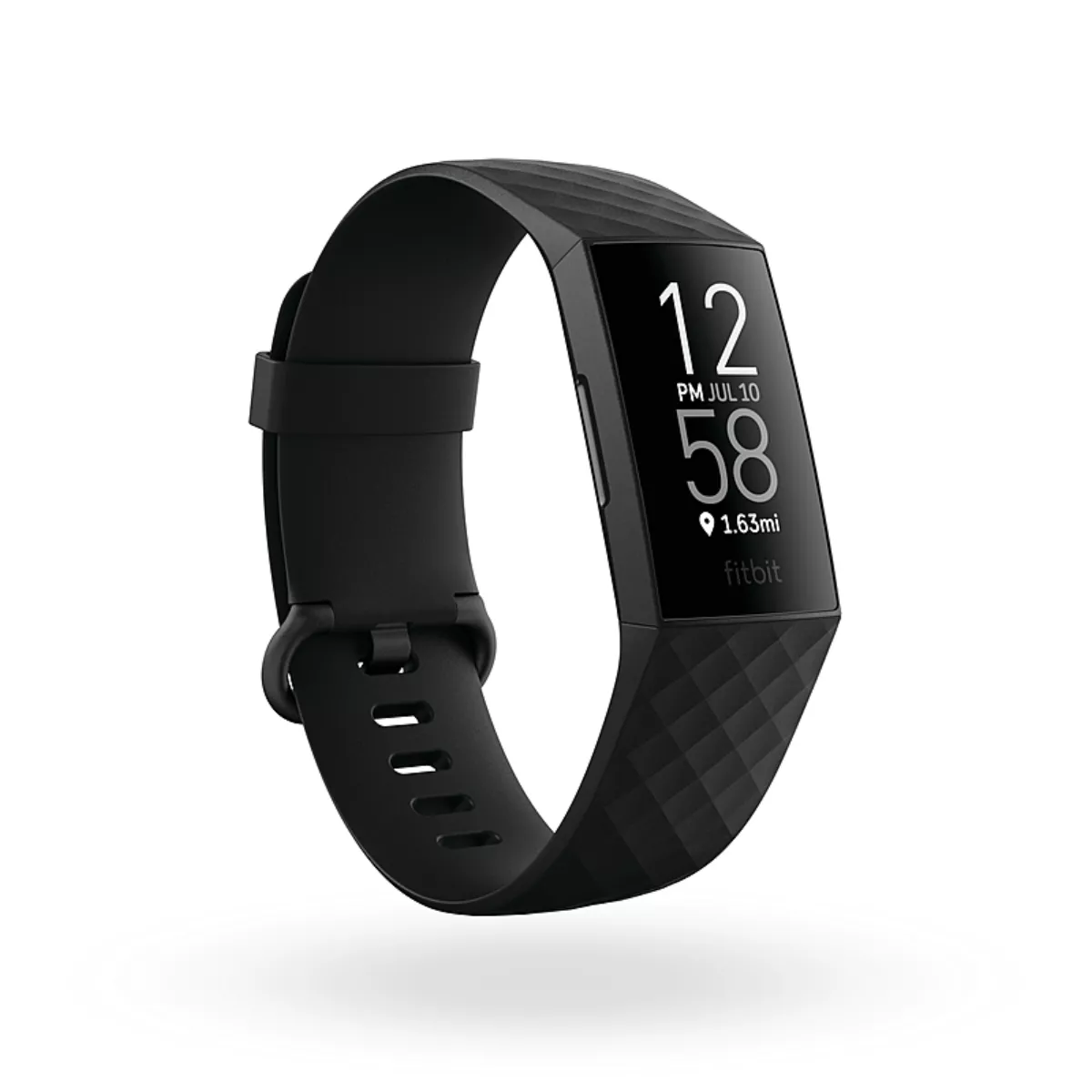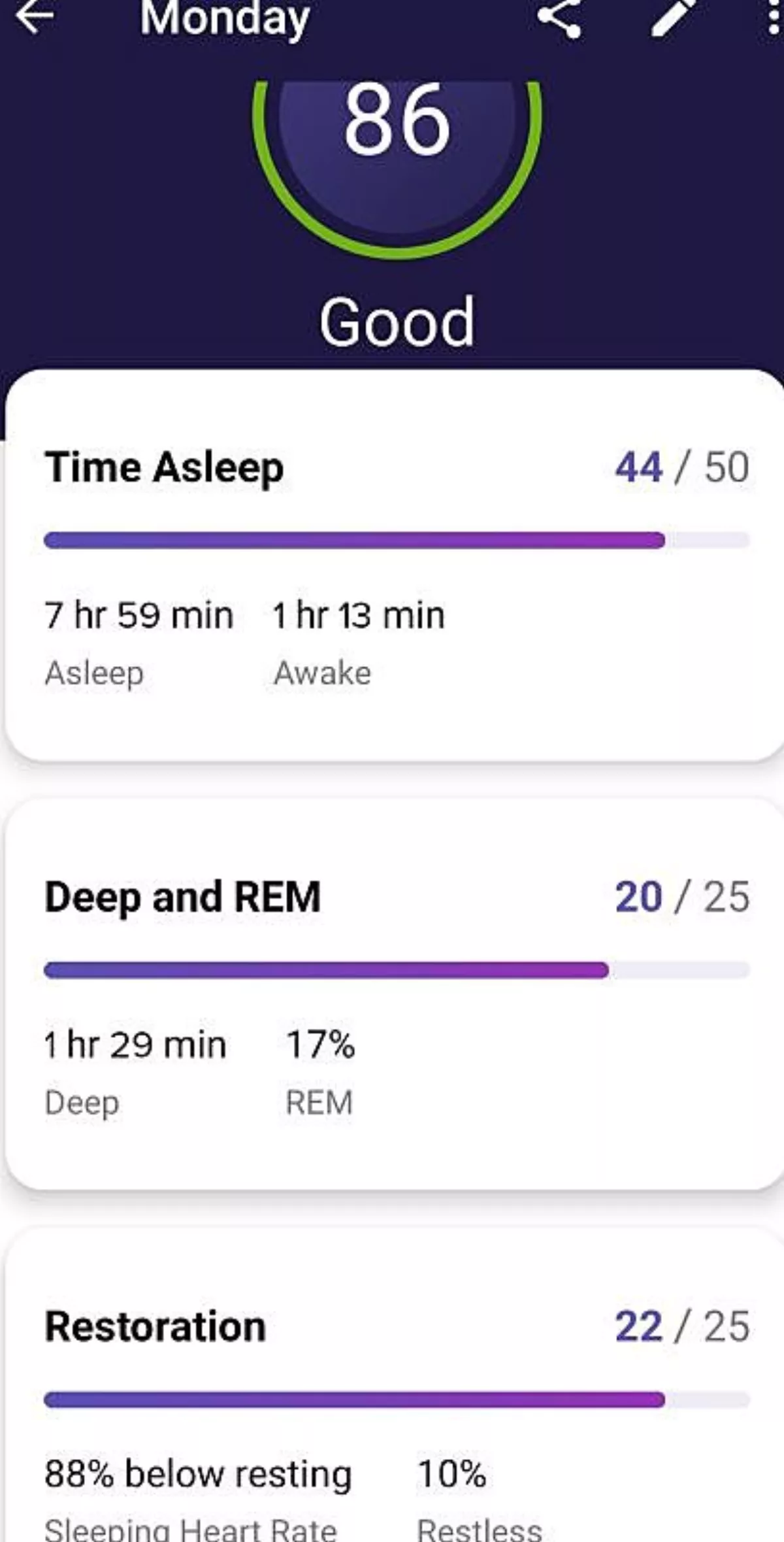
Hands-on review: The Fitbit Charge 4
Fitbit and I have something of a love-hate relationship - based mostly on my own guilt when I've been sitting at my desk all day gaming, instead of outside exercising. The Charge 4 is the very embodiment of exercise motivation. Having missed the experience of the Charge 3, I caught up with the goss as so poignantly illustrated by my colleague Ben Moore's comments here. My personal experience follows the transition from the Fitbit Charge 2 to the Charge 4.
Looks
Fitbit is back with a chunky tracker, which houses all of the sensors and chips it needs to do its job. One main feature of the Charge 4 is the GPS tracker, means you no longer need to turn your phone's location on to capture details about your routes.
The Charge 4's tracker looks almost too shiny and its display too crisp to face a lifetime of sweat-cer-cise, but this one accompanied me on walks, jogs, spin sessions, and bicycle rides around the lakefront. Fitbit says the tracker is water-resistant to 50 metres – something I've not put to the test yet as Lake Taupō is a bit nippy at this time of year.
The durable, detachable rubber straps remain a mainstay of the Charge product line. Over time, my Charge 2's metal clips had become loose, however the Charge 4 has a slightly different clip mechanism that I hope will provide a longer-lasting experience.

Charge 4 charging takes a couple of hours at most. I'm told that the Charge 4 charging cable is the same as the Charge 3's cable, so you're in luck if you're upgrading. However if you've made the jump from Charge 2 or older, the cable is much different so there's no cross-compatibility.
Apps
I do miss the Charge 2's repetitive motivational statements every morning ('Left foot, right foot'… and 'Today is the day!'). However, the Charge 4 makes up for the absence with a smattering of different features. Most of these features need to be managed through the Fitbit app on your smartphone.

Of course, the Fitbit app is also important for keeping historical records of fitness data, through syncing through your smartphone. Syncing through the app requires the smartphone to have both Bluetooth and Location switched on. My old Charge 2 became slow and tedious, taking up to five minutes to sync up with the app on my Android phone – the Charge 4, however, syncs within 30 seconds.
The Charge 4 offers Spotify, which must be enabled through the Fitbit app and installed on the tracker. The app syncs with your Spotify premium account on your smartphone and lets you flip through playlists, pause and resume songs directly from your tracker.
The 'Relax' app takes you through either two or five minutes of breathing exercises – inhale, exhale. This is a godsend when you're winding down from a high-stress environment or just chilling out for the night.
Fitbit's sleep tracking app is worth a look. In particular, Fitbit Sleep Score is available for the Charge 4 and it gives you an indication of the quality of your sleep. If you're a Fitbit premium subscriber, you can see extra info like sleep duration analysis, sleeping heart rate and restlessness, and even how blood oxygen levels vary while you sleep. The Charge 4 has a relative SpO2 sensor that monitors these oxygen levels.

Fitbit is promoting Active Zone Minutes, which are real-time alerts within each fitness 'zone', like cardio. These statistics can help you get an idea of which 'zones' you need to focus on in your current and future workouts. It's a fun addition to the plethora of insights that Fitbit can provide – much like the hourly step count reminders that buzz to remind me I need to get off my seat and walk more.
Out of the box, my Charge 4's screen wake setting was turned off by default. The screen wake setting is when you tilt your wrist to look at your tracker in the same way that you'd look at your watch for the time. I thought this option would be placed in the watch settings, but it's in a completely different place – instead you need to hold the button for a few seconds to bring up a totally different settings menu.
That brings up an important point - it takes a wee bit of learning to understand what your swipes on the tracker mean – swipe down for a general fitness and tracker stats overview; swipe up for notifications; swipe right for apps and a settings menu; press and hold the button for Fitbit Pay access; and swipe right again for do not disturb, sleep mode, and screen wake; swipe up from the Exercise app to manage GPS access and heart rate zone alerts – whew! That sentence alone is enough to leave you short of breath and heart pumping. If this is your first introduction to Fitbit, definitely spend a bit of time learning swipe gestures.
Fitbit Pay has been around for a while on various Fitbit products, and the Charge 4 joins the club. In New Zealand, Fitbit Pay is supported by banks including ASB and ANZ. Once you set your card details up within the Fitbit app, it's super convenient to pay for groceries at the supermarket simply by entering your PIN on your tracker and holding your wrist near a payment terminal that accepts Paywave. For privacy reasons I won't include screenshots of Fitbit Pay in action, but I will say that payment with a flick of the wrist is awesome.
Verdict
The Fitbit Charge 4 is another step up in the evolution of the Charge line of fitness trackers – with inbuilt GPS and Fitbit Pay in a reasonable $270 device, I appreciate the insights it provides for the sake of my mental and physical health.


